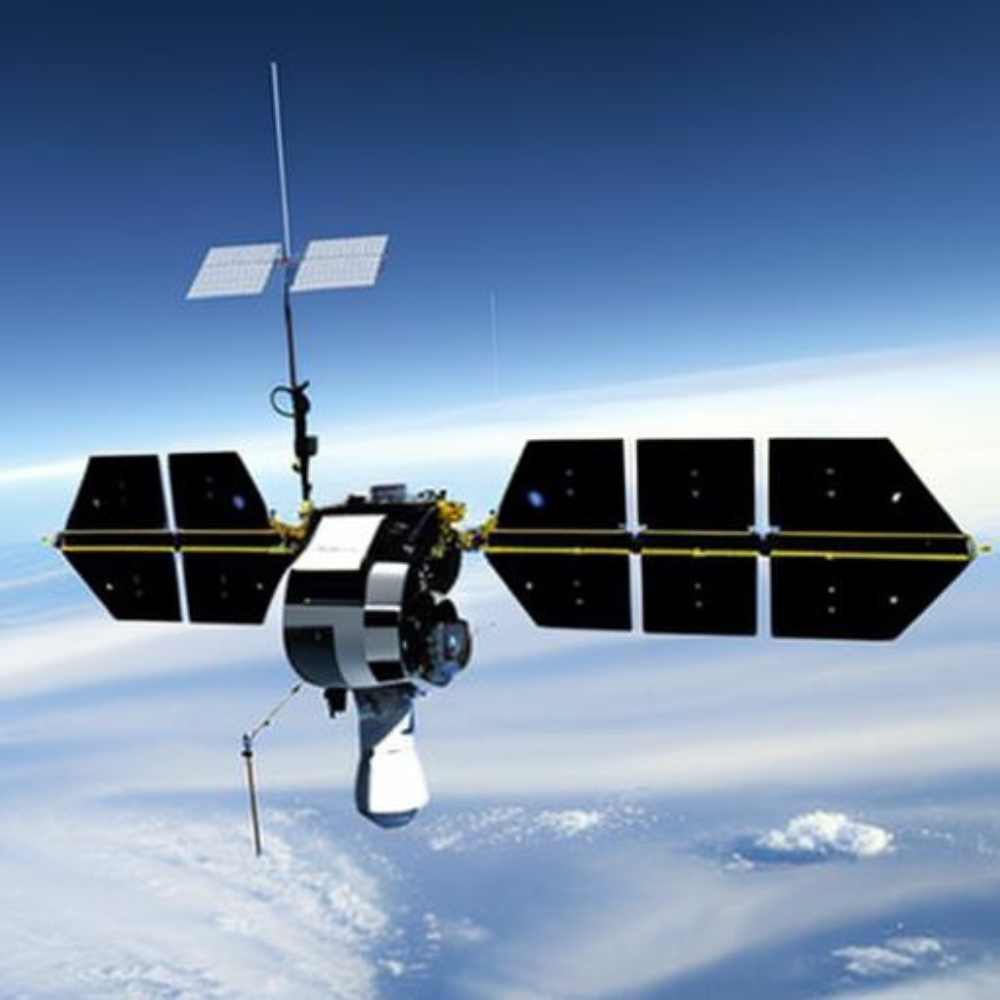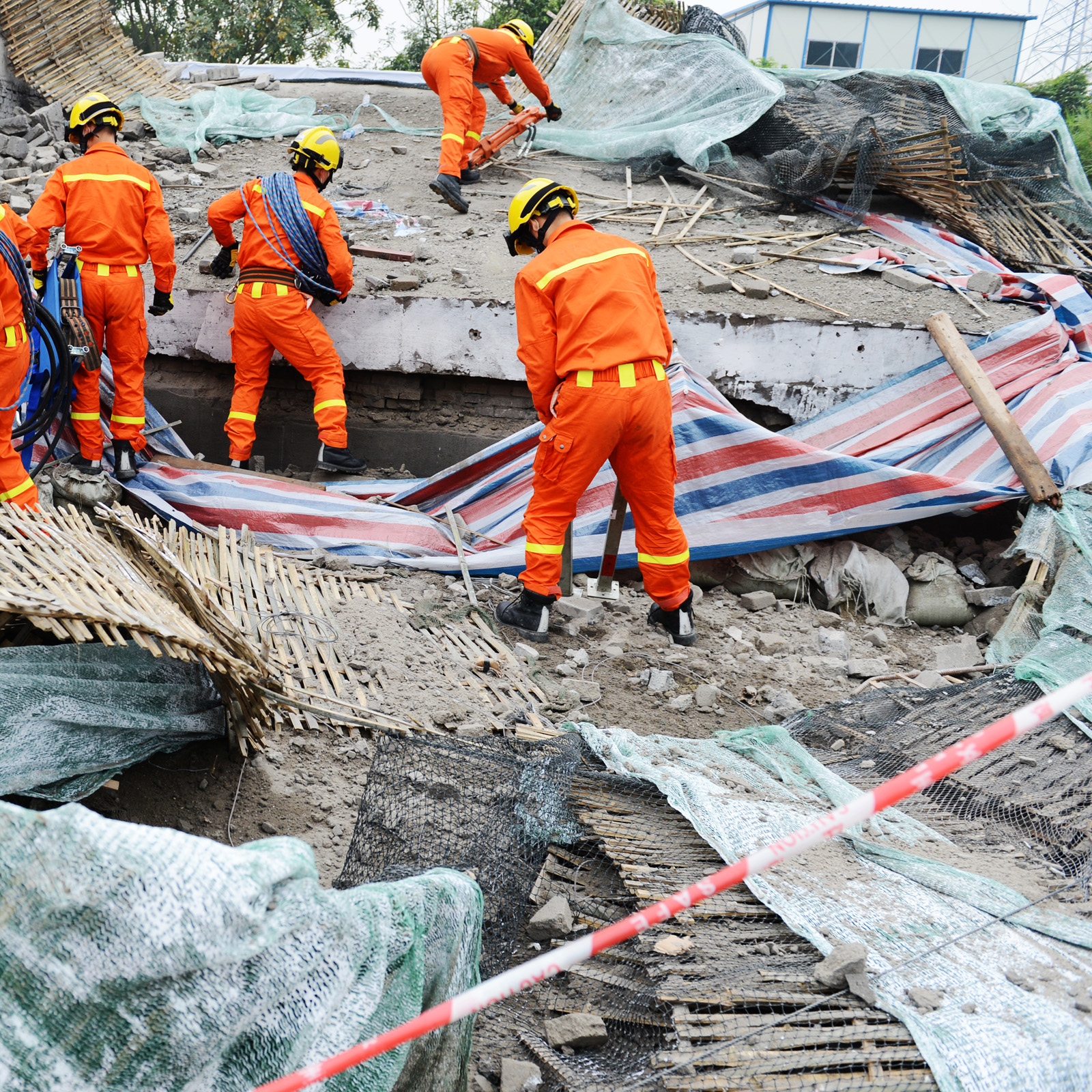Since the first human journeyed to space in 1961, space exploration has captured the imagination of people worldwide. Today, space technology continues to evolve and advance, promising exciting opportunities for the future of space exploration. In this article, we will explore some of the latest innovations in space technology and the future of space exploration.
Robotics and AI
Robotic technology is a key area of development in space exploration. Robotic spacecraft can travel further and operate for longer than manned missions, collecting data and performing tasks that would be too dangerous or challenging for humans. Artificial intelligence (AI) is also advancing rapidly, enabling robots to make autonomous decisions and carry out complex tasks in space. In the future, robotic spacecraft could explore the outer reaches of our solar system and beyond, providing valuable data and insights into the universe.
Reusable Rockets
One of the most significant innovations in space technology in recent years has been the development of reusable rockets. Reusable rockets reduce the cost of space travel by allowing rockets to be reused multiple times, instead of being discarded after a single launch. Companies like SpaceX have already demonstrated the feasibility of reusable rockets, with the Falcon 9 rocket making several successful landings on drone ships in the Atlantic Ocean. In the future, reusable rockets could enable more frequent and affordable space travel, making space exploration more accessible to people worldwide.
Space Mining
As space exploration continues to advance, there is growing interest in space mining – extracting valuable resources from space, such as rare metals and water. Water, in particular, is an essential resource for space exploration, as it can be converted into fuel for rockets and consumed by astronauts. In the future, space mining could provide an economic incentive for space exploration and enable the establishment of permanent settlements on the moon and other celestial bodies.
Habitats and Life Support Systems
The development of habitats and life support systems is critical for long-term space exploration and colonization. NASA and other space agencies are exploring new materials and technologies to develop habitats that can withstand the harsh conditions of space and provide a comfortable living environment for astronauts. Life support systems are also advancing, enabling astronauts to recycle and reuse resources like water and oxygen, reducing the need for resupply missions from Earth.
Conclusion
The future of space exploration promises to be exciting and full of new possibilities. From robotics and AI to reusable rockets, space mining, and habitat development, space technology is advancing rapidly, offering opportunities for innovation and discovery. However, as space exploration advances, it is essential to consider the ethical and environmental implications of our actions in space. Ultimately, the future of space exploration is in our hands, and it is up to us to explore space in a responsible and sustainable manner.





